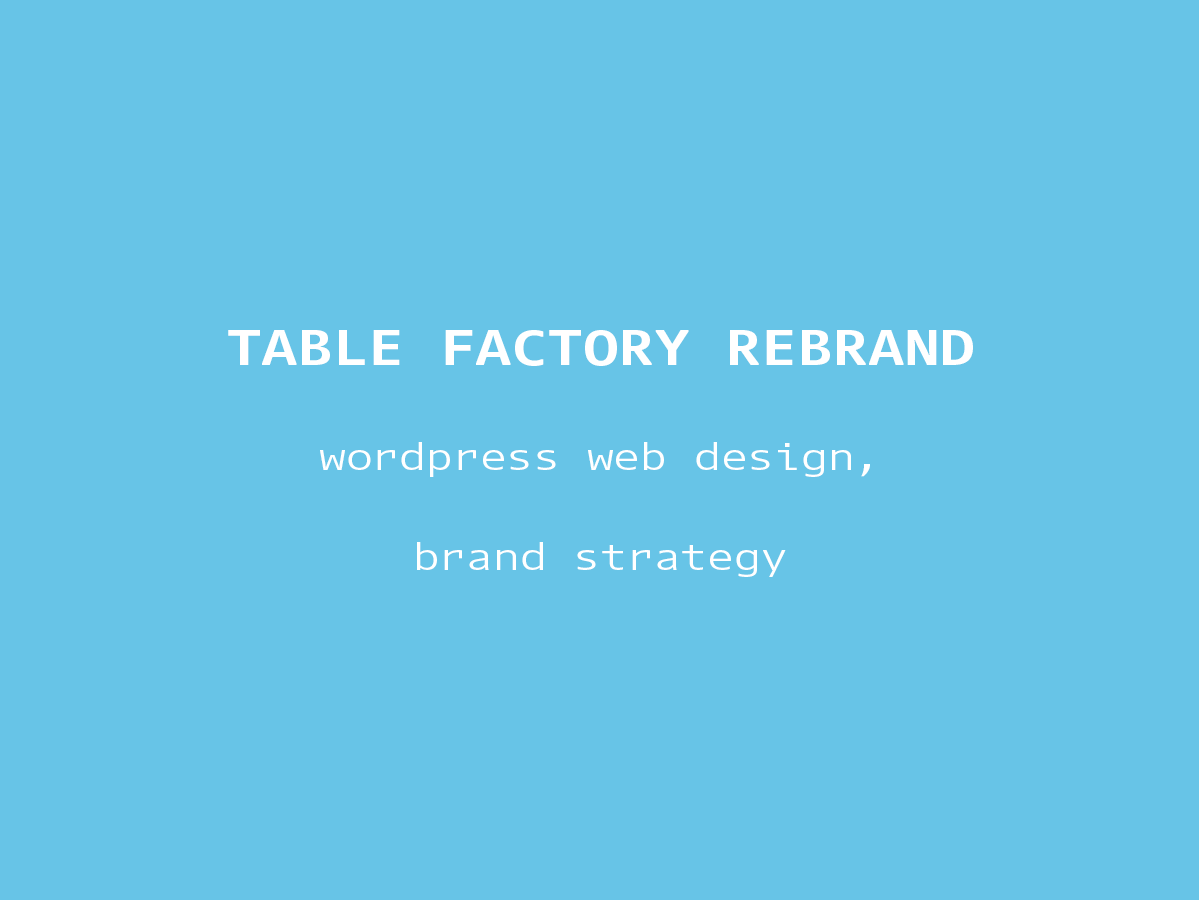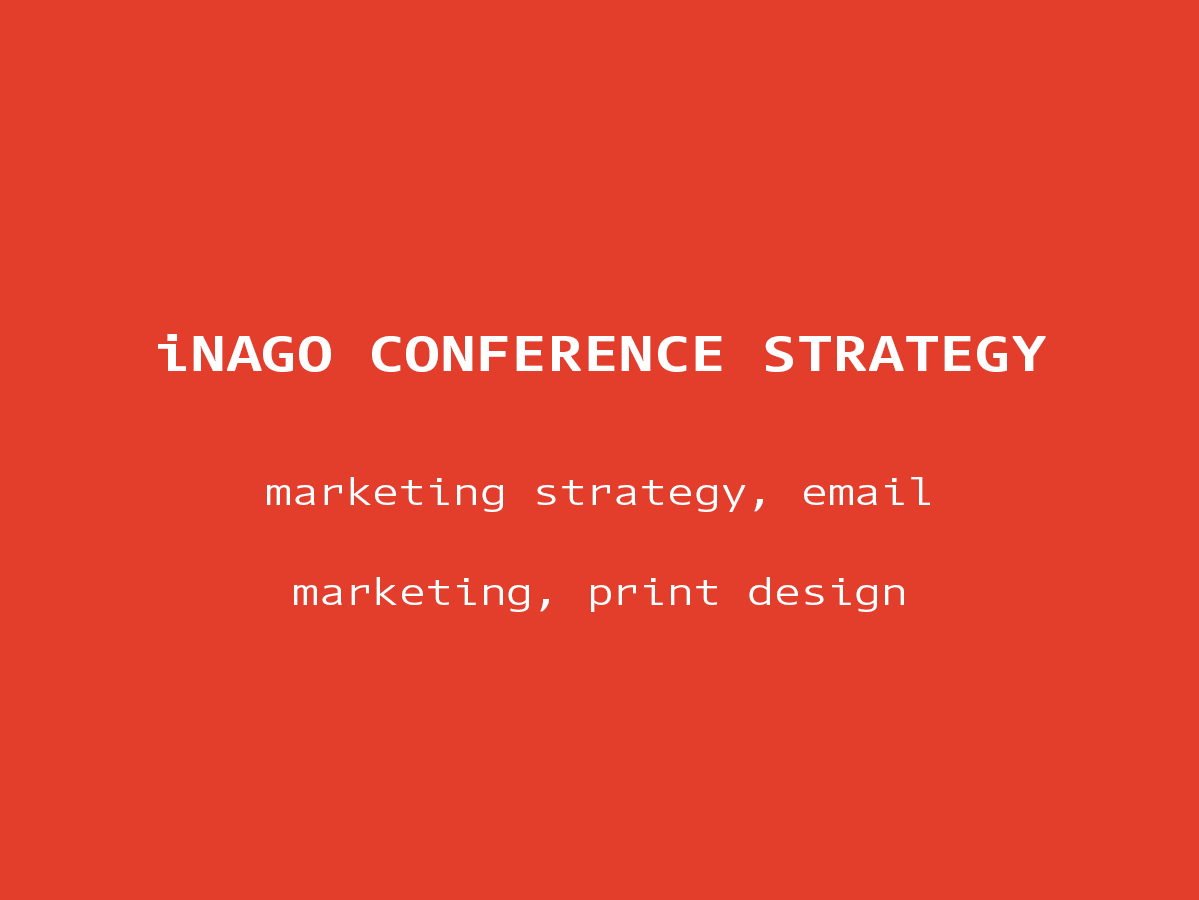The Before
Here’s a snapshot of the feed before I started, giving you an idea of my starting point. After discussing Bryan’s concerns with the existing feed, I combined his feedback with my own vision to implement the following changes:
① Enhanced product visuals through photo editing to improve quality.
② Established color cohesion by ensuring all graphics aligned with the brand's color palette.
③ Introduced reels to incorporate more video content, offering a behind-the-scenes look (and boosting engagement).
④ Created a consistent posting schedule with a minimum of three posts per week to further drive engagement.
The After: Part One
This is how the social media feed evolved once I took over management. I developed a process that involved editing all photos in Lightroom and ensuring a balanced mix each week, including product photos from the workshop, staged shots, behind-the-scenes stories, and reels showcasing unique functionalities. You can check out some of my reels here & here.
The After: Part Two
Bryan expressed the need for clean product photos with a white background that didn’t evoke the workshop setting—ideal for more formal uses where the product is the focus. I worked with him to create a budget-friendly solution by setting up a white sheet and teaching the workshop team how to capture the best angles of the tables using their phones. I then enhanced these photos in Lightroom, creating the look of a professional studio. This approach allowed me to guide the brand towards a more product-focused social media feed before my time with them ended.
What I Learned
① Working on a Budget
This project epitomized the challenge of delivering quality on a tight budget. Without access to a professional camera, I had to rely on whatever phone camera was available at the time. This taught me an invaluable lesson in resourcefulness—showing how technology and thoughtful editing can elevate a low-budget production to a professional level.
This project epitomized the challenge of delivering quality on a tight budget. Without access to a professional camera, I had to rely on whatever phone camera was available at the time. This taught me an invaluable lesson in resourcefulness—showing how technology and thoughtful editing can elevate a low-budget production to a professional level.
② Achieving a Creative Vision Remotely
Not being able to regularly visit the workshop was challenging, as I had to rely on non-professional photographers to send me images for editing. I soon realized that clearer communication could make a big difference. I created a document with inspiration photos from Instagram, a checklist of angles with visual references, and even visited in person to guide them live. These steps transformed the process and greatly improved the results.
Not being able to regularly visit the workshop was challenging, as I had to rely on non-professional photographers to send me images for editing. I soon realized that clearer communication could make a big difference. I created a document with inspiration photos from Instagram, a checklist of angles with visual references, and even visited in person to guide them live. These steps transformed the process and greatly improved the results.
③ Developing a Sustainable Process
Midway through the project, I knew I would need to transition out of the role due to time constraints. It became important to create a sustainable system that would keep the feed looking beautiful after I was gone. I documented my process, provided tutorials to Bryan, and left behind a set of ideas he could build on, ensuring long-term success.
Midway through the project, I knew I would need to transition out of the role due to time constraints. It became important to create a sustainable system that would keep the feed looking beautiful after I was gone. I documented my process, provided tutorials to Bryan, and left behind a set of ideas he could build on, ensuring long-term success.










